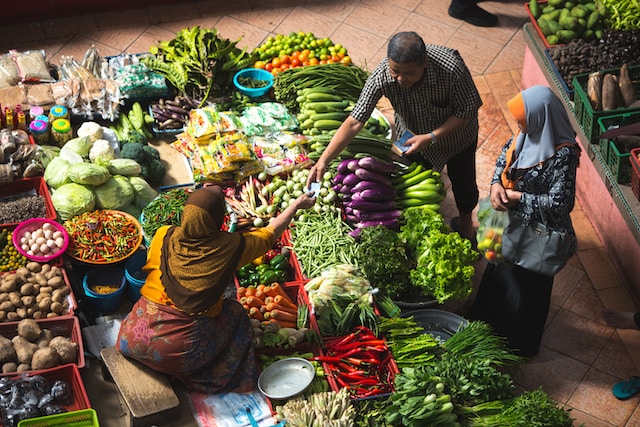

Commodities play a pivotal role in the global economy, and their prices are susceptible to a myriad of factors, especially the impacts of significant global events. This article aims to delve into the intricate relationship between global events and commodity prices, shedding light on how these events trigger market volatility and shape the landscape of commodity trading.
Understanding Market Volatility
Market volatility refers to the degree of variation in the prices of assets over a specific period. Commodity markets, characterized by their sensitivity to supply and demand dynamics, geopolitical tensions, natural disasters, and economic indicators, often experience substantial price fluctuations. For instance, silver prices are subject to alterations based on market activity, which can be influenced by industrial demand, geopolitical events affecting mining or trading, investor sentiment, and shifts in global economic conditions. The fluctuating demand for silver in various industries, including technology, healthcare, and green energy, often impacts its pricing.
Geopolitical Unrest and Commodity Prices
Geopolitical events such as conflicts, sanctions, and political instability in key commodity-producing regions can profoundly impact prices. For instance, disruptions in oil-producing regions due to geopolitical tensions often lead to supply constraints, causing oil prices to surge and triggering global market reactions.

Economic Indicators and Commodity Markets
Economic indicators, including GDP growth, employment rates, and interest rate changes, influence commodity prices. Strong economic performance tends to drive higher demand for commodities, while economic downturns or recessions may lead to reduced consumption, impacting prices across various commodity sectors.
Natural Disasters and Supply Disruptions
Natural disasters such as hurricanes, floods, or droughts can severely affect commodity production and supply chains. Crop damage due to adverse weather conditions or disruptions in shipping routes can cause shortages, resulting in price spikes for agricultural commodities like wheat, corn, and soybeans.
Technological Advancements and Demand Shifts
Technological advancements and shifts in consumer behavior influence commodity prices. For instance, the growing demand for electric vehicles has significantly impacted the prices of metals like lithium, cobalt, and nickel due to their essential role in battery production.
Pandemics and Global Health Crises
Events like pandemics, as witnessed with the COVID-19 outbreak, can cause widespread disruptions in commodity markets. Lockdowns, trade restrictions, and reduced economic activities can lead to fluctuations in prices, affecting commodities such as oil, metals, and agricultural products.
In Conclusion
The volatility in commodity prices triggered by global events underscores the interconnectedness of global markets. Understanding the complex interplay between geopolitical shifts, economic indicators, natural disasters, technological advancements, and health crises is crucial for participants in commodity markets. A proactive approach to risk management and strategic decision-making amid market fluctuations enables investors and traders to navigate the challenges and opportunities presented by global events in the dynamic world of commodity trading.
